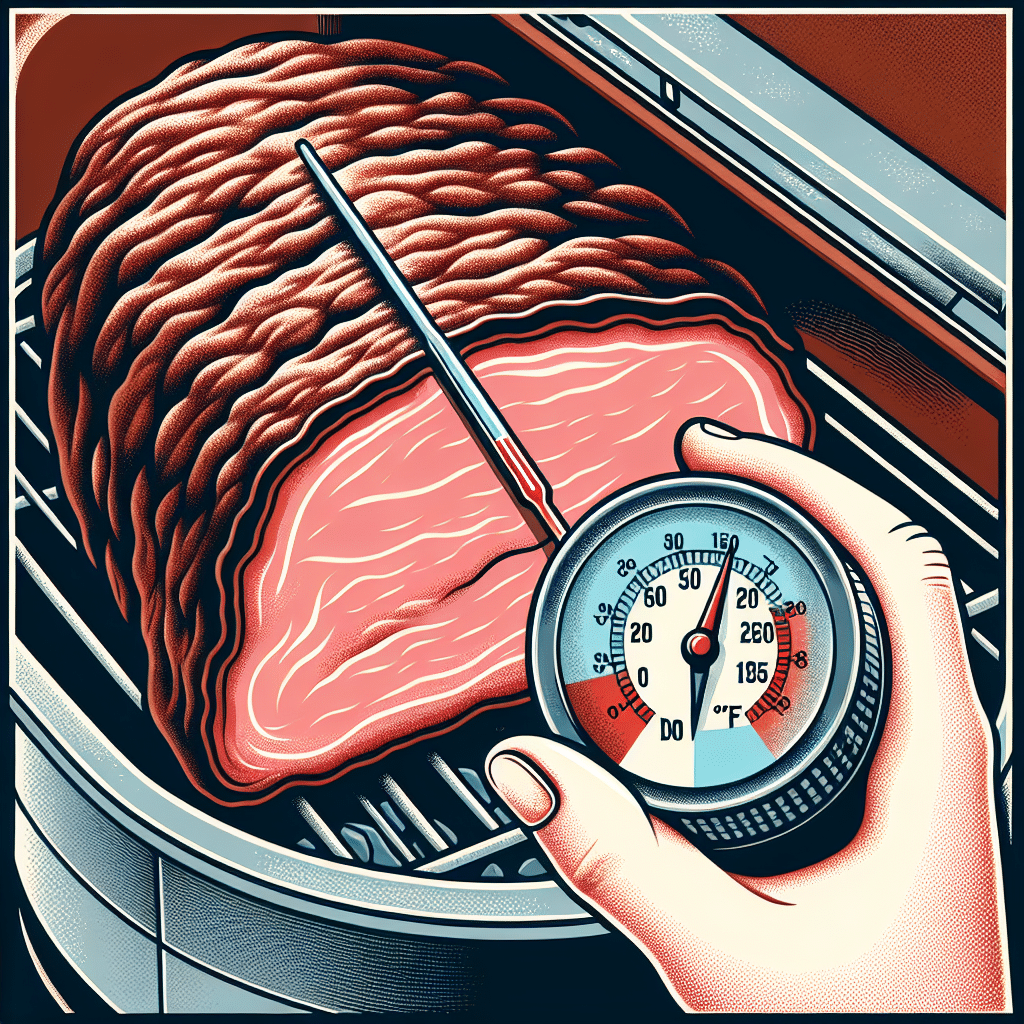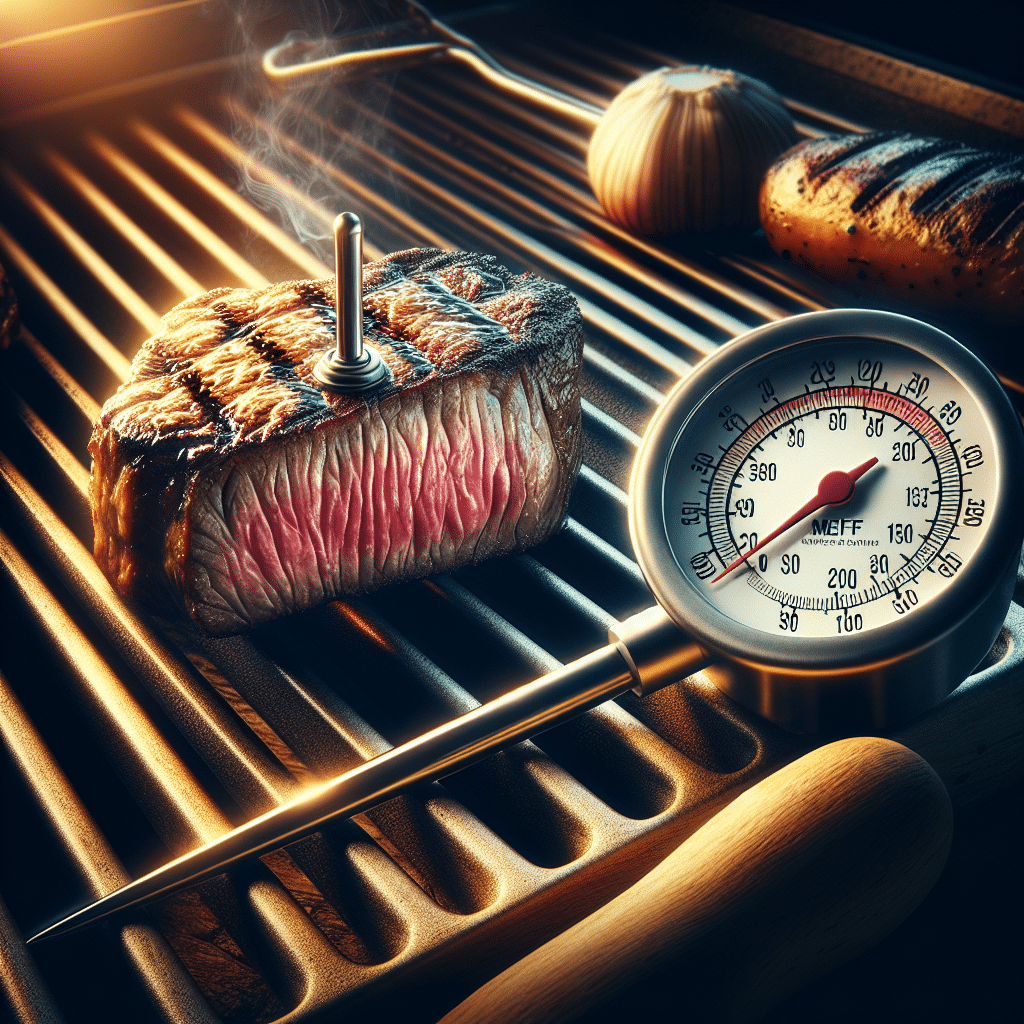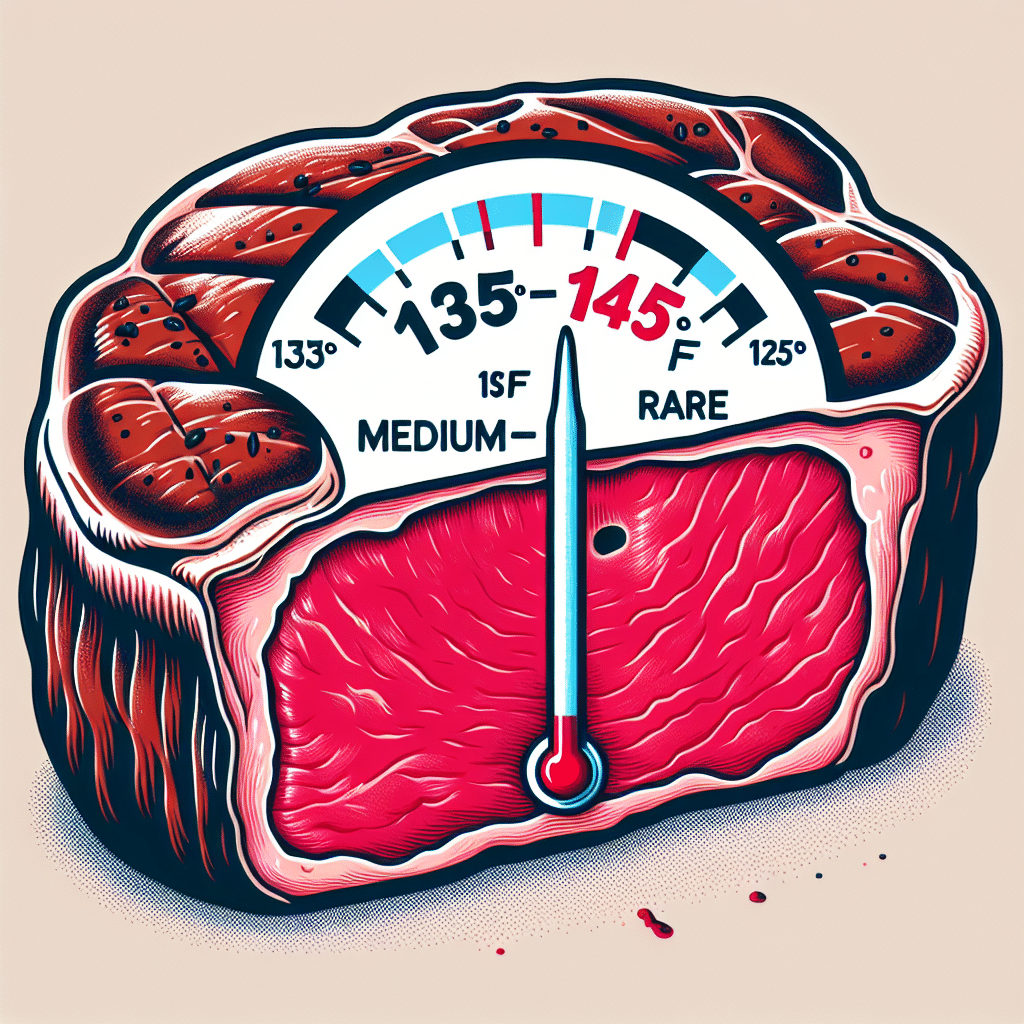Brisket is a cut of meat that requires careful cooking to achieve tender and flavorful results. The ideal temperature for brisket to be considered done is typically between 195°F to 205°F (90°C to 96°C). At these temperatures, the connective tissues break down, resulting in a juicy and tender texture that melts in your mouth. Many pitmasters use a meat thermometer to ensure accuracy, as brisket is best when cooked low and slow, allowing for the development of rich flavors and a delightful crust. When pulled from the heat, it’s important to let the brisket rest for at least 30 minutes before slicing, which allows the juices to redistribute and ensures each bite is satisfying. Understanding these key temperature points eliminates guesswork, ensuring your brisket is cooked to perfection every time.
Understanding Brisket: Cuts and Characteristics
Brisket comes from the breast or lower chest of beef cattle. It is known for its deep flavor and requires specific cooking techniques to achieve optimal tenderness. The cut is divided mainly into two parts: the flat and the point. The flat is leaner and more uniform, often used for slicing, while the point is marbled with fat, making it ideal for shredding. This marbling plays a significant role in flavor and moisture retention during cooking, which is why cooking brisket to the correct temperature is crucial for the best results.
Cooking Brisket: Low and Slow
To cook brisket, the low and slow method is often favored, typically at a temperature between 225°F to 250°F (107°C to 121°C), whether it’s done in a smoker, oven, or slow cooker. This method allows the meat to cook evenly, ensuring the internal temperature reaches the desired doneness while maintaining moisture and flavor. Techniques such as wrapping in butcher paper or foil partway through cooking can also enhance tenderness and texture. A common practice is to use the Texas Crutch, where the brisket is wrapped after reaching around 165°F (74°C) to speed up cooking and retain moisture.
Determining Doneness: Temperature is Key
The key to perfectly cooked brisket lies in understanding the internal temperature and the breakdown of collagen into gelatin, which tenderizes the meat. The ideal target range for when brisket is done will generally fall between:
- 195°F to 205°F (90°C to 96°C): Optimal for tender slices and shreds.
At these temperatures, the meat’s connective tissues have effectively broken down, allowing for that classic melt-in-your-mouth texture. Use a reliable meat thermometer inserted into the thickest part of the brisket to accurately gauge its doneness.
Resting Your Brisket
After reaching the goal temperature, it’s vital to let the brisket rest for 30 minutes to an hour. This resting period allows the juices to redistribute throughout the meat, which is instrumental in retaining moisture and enhancing overall flavor. Skipping this step can lead to a dry brisket, even if it was perfectly cooked initially.
Common Mistakes When Cooking Brisket
Several common mistakes can hinder achieving the perfect brisket:
- Rushing the Cooking Process: Brisket is best cooked slowly; rushing can lead to tough meat.
- Not Using a Thermometer: Cooking times can vary; always measure internal temperatures for accuracy.
- Skipping the Resting Period: Letting the brisket rest is critical, as cutting too soon will cause juices to escape.
Frequently Asked Questions
What is the best way to knows brisket is done?
The best way to determine if brisket is done is by using a digital meat thermometer. Insert the probe into the thickest part of the brisket, avoiding contact with bones or fat. Once the temperature reads between 195°F and 205°F, the brisket is considered done.
How long does it take to cook a brisket?
Cooking a brisket can take anywhere from 10 to 16 hours depending on the size and cooking method. A general rule of thumb is 1 hour per pound at 225°F (107°C). Always confirm through temperature checks rather than solely relying on time.
Can I cook brisket to a lower temperature?
While brisket can be safely cooked to temperatures lower than 195°F, it often results in a tougher texture. For optimal tenderness and flavor, it is advisable to aim for the 195°F to 205°F range.
What happens if I overcook the brisket?
If brisket is overcooked, it can become dry and tough. The ideal cooking process should maintain moisture and tenderness; hence it is crucial to monitor the temperature closely.
Conclusion
In summary, understanding the right temperature for brisket is fundamental to achieving delectable results. Aiming for an internal temperature of 195°F to 205°F will provide the best texture and flavor. Remember to employ proper cooking methods, use a reliable thermometer, and allow your brisket to rest for maximum juiciness. By following these guidelines, you will elevate your cooking game, leaving friends and family impressed with your perfectly cooked brisket!


